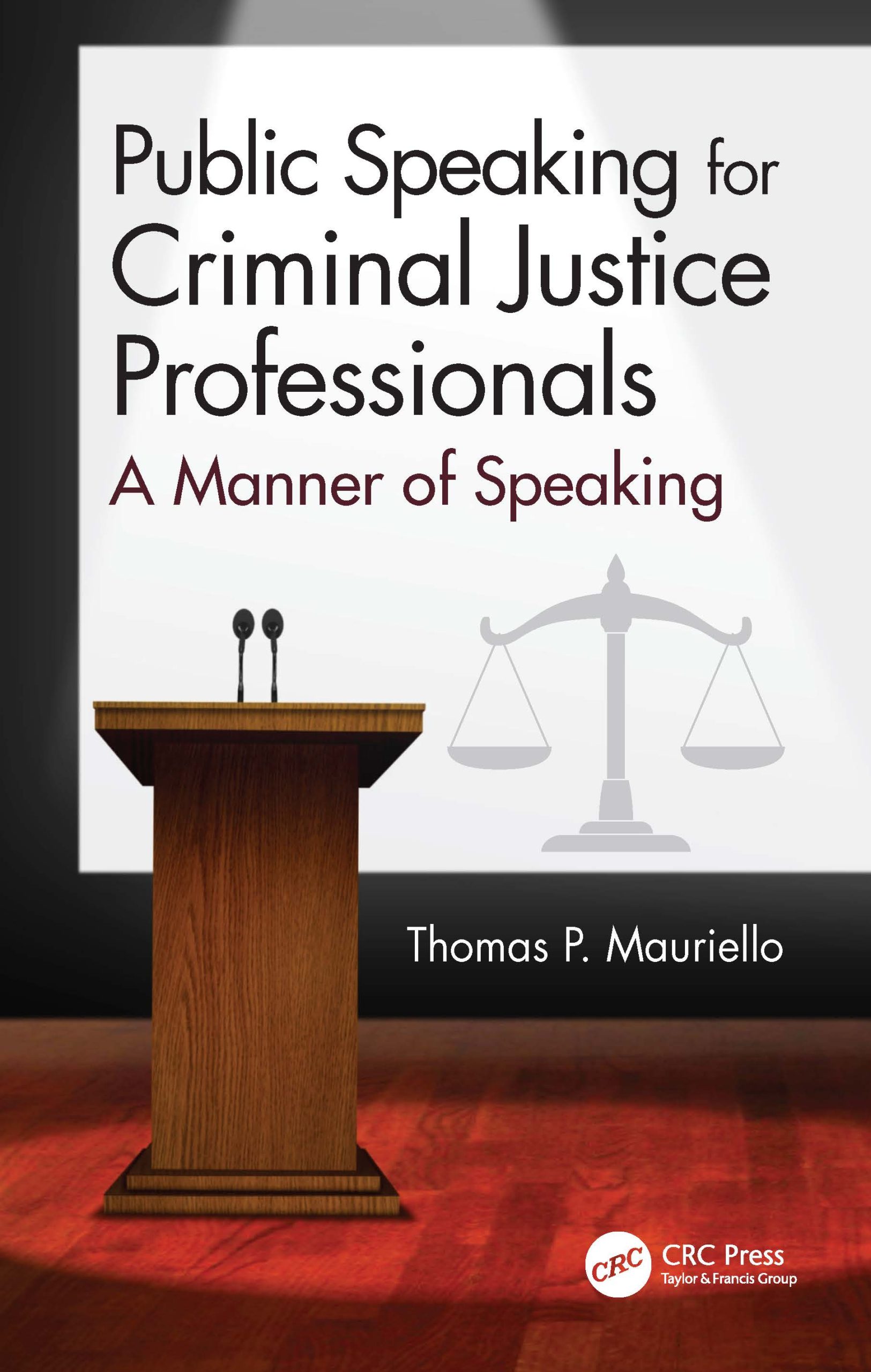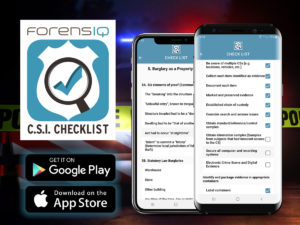ForensicWeek.com Show broadcasting from the IAI Centennial International Educational Conference
The ForensicWeek.com Webcast TV Show is airing three shows during the week of August 2-8, 2015. Each episode will be broadcasting LIVE from the Convention Center in Sacramento California, where the International Association for Identification (IAI) is holding their Annual Centennial Educational Conference. The IAI is celebrating their 100th anniversary as the oldest and largest forensic science and identification association in the world. The shows are being sponsored by Bevel, Gardner & Associates, Inc. So join host Tom Mauriello and the ForensicWeek crew on www.ForensicWeek.com brought to you by ForensIQ, Inc. Thank you for watching!
The ForensicWeek.com Show – NamUS “National Missing and Unidentified Persons System”
The ForensicWeek.com Webcast TV Show is airing Episode 74 this Thursday, April 9th @ 7:00 P.M. (EST). The topic is “NamUS – The National Missing and Unidentified Persons System.” NamUs is a powerful resource to assist law enforcement officers, medical examiners, coroners, allied criminal justice professionals, and the family members of missing persons in resolving these cold cases. Guest Todd Matthews, Director of NamUs Communications and Case Management from the University of North Texas will give us an in-depth understanding of how this tool is making a difference. Join host Tom Mauriello and the ForensicWeek crew on www.ForensicWeek.com brought to you by ForensIQ, Inc. Thank you for watching!
“The Future of Criminal Investigation Collaboration,” on ForensicWeek.com
The ForensicWeek.com Webcast TV Show is airing Episode 73 this Thursday, March 26th 7:00 P.M. (EST). The topic CrimePad® – “The Future of Criminal Investigation Collaboration.” VISIONATIONS, L.L.C.’s CrimePad® is a professional-grade iPad, Windows, and Android app that allows every law enforcement and forensic science user to record, track, maintain, collaborate and report on all the data within a criminal investigation or a crime scene. A tool that allows all the crime scene to crime lab players to document their activities and findings in one neat database. How does it work? Can this make a difference solving crime? Learn the answers to these questions and more from VISIONATIONS’ experts, Jeff Gurvis and Dr. Jane Homeyer. Join host Tom Mauriello and the ForensicWeek crew on www.ForensicWeek.com brought to you by ForensIQ, Inc. Thank you for watching!
The ForensicWeek.com Webcast TV Show is airing Episode 70 this Thursday, January 29th at 7 P.M. (EST).
The topic “Forensic Interviewing in Child Abuse cases,” with a distinguished panel of guests from the Child Advocacy and Juvenile Justice community. There is some controversy in regards to whether or not some police and prosecutors are choosing to use forensic interviewing to assist the child with pretrial preparations and investigations for evidence and convictions. How are child advocates handling these delicate cases? Find out by viewing this episode. Join host, Tom Mauriello and the ForensicWeek crew on www.ForensicWeek.com brought to you by ForensIQ, Inc. Thank you for watching!
Special guests on this show will be Dr. Quanda Stevenson, Ph.D, Program Director Criminal Justice, Athens State University; Claire Jones, Esq., former Deputy District Attorney for Limestone County Courts, Alabama and Board Member of the Child Advocacy Center; Susan McGrady, Director of the Child Advocacy Center, Limestone County; and Marcia Milliken, Executive Director of the Minnesota Children’s Alliance.
Enhance Your Skills with Sirchie Training in 2015 Plus New Free Training Webinar Next Week
Sirchie Laboratories has announced that the 2015 website & access to their Training Section where you can sign up for each class or contact them for more details: full schedule starting in January.
Visit their website at www.sirchie.com
- In the United States, via email sales@sirchie.com or phone (800) 356-7311, (919) 554-2244
- Outside the US, email international@sirchie.com or phone +1.919.554.2244
Download the brochure and visit their webpages via the links and images below to learn more about the classes and register before the sessions sell out.
[Abstract written by Mercedes Quick, ForensIQ Intern, 11/13/14]
Research Aims to Assist Forensic Investigations
A chemistry professor Barry K. Lavine at Ohio State University was awarded a grant to continue his research of automobile paint samples to benefit forensic scientists. The grant has the potential to speed up the paint sample process using infrared spectral data. The $443,000 grant from the National Institute of Justice is Lavine’s third grant in four years. Since 2010, his research has collected more than $1.2 million in funding. He plans to do this by comparing the spectral paint to the paint of the automobile using algorithms.
For additional information please visit the website below:
http://www.forensicmag.com/news/2014/11/research-aims-assist-forensic-investigations
[Abstract written by Mercedes Quick, ForensIQ Intern, 11/18/14]
ForensicWeek.com Show Highlights the International Association of Identification with IAI President Steve Johnson
The ForensicWeek.com Webcast TV Show is airing Episode 66 LIVE this Thursday, November 6th at 7:00 P.M. (EST). The topic this week, “The International Association of Identification (IAI), the oldest forensic association in the world that represents 16 disciplines in the forensic and investigative fields. Special guest Steve Johnson, newly installed president of IAI, will talk about the association’s long history and the contributions it has made to further the education, training, research, knowledge, skills and abilities of its members and the entire forensic and investigative communities. So join host, Tom Mauriello on www.ForensicWeek.com, brought to you by ForensIQ, Inc. Thank you for watching!
Wallet-sized Labs the Next Big Thing for Toxicology
Royal Melbourne Institute of Technology, (RMIT) researchers are developing an inexpensive, portable toxicology laboratory, that is so small you could fit it in your wallet. This new microfluidic chip will be used for toxicology and drug discovery testing. For more information on how they plan to use this new chip please go to the website below.
http://www.forensicmag.com/news/2014/10/wallet-sized-labs-next-big-thing-toxicology
[Abstract written by Mercedes Quick, ForensIQ Intern, 10/29/14]
Departments of Justice & Defense Grants to Improve Forensic Identification
The Department of Justice and the Department of Defense have awarded assistant professor Catherine Grgicak in biomedical forensic sciences at Boston University School of Medicine, approximately $2.5 million to more accurately analyze DNA evidence at a crime scene. Grgicak and her collaborators are producing and testing methods that provide match statistics for DNA comparisons as well as determining the probability that a certain number of contributors give rise to biological evidence. For additional information, please go to the link below.
http://www.forensicmag.com/news/2014/10/doj-and-defense-grants-improve-forensic-identification
[Abstract written by Mercedes Quick, ForensIQ Intern, 10/29/14]
Human Skulls Found at Connecticut Transfer Station
The skulls of an older man and woman were found at a Connecticut waste transfer station. The skulls and the mandible were sent to the medical examiner’s office in Farmington, Connecticut, where it was determined the larger one came from a man and the smaller skull and mandible came from a woman. There were no signs of trauma on either skull. The skulls are being sent to an anthropologist to get a more accurate estimate of the ages of the deceased, he said. For more information please go to the website below.
http://www.forensicmag.com/news/2014/10/human-skulls-found-connecticut-transfer-station
[Abstract written by Mercedes Quick, ForensIQ Intern, 11/02/14]
Forensic science solves mystery of Richard III’s death
Richard III was the last king of England to die in battle, over 500 years ago. He was discovered buried under a parking lot in Leicester, England, in September 2012. DNA tests confirmed its identity five months later. Today researchers use modern forensic science to figure out which injuries likely caused his death. They did this by using whole body CT scans and micro-CT imaging of injured bones to examine signs of trauma to the skeleton. For additional information, please go to website below.
http://www.cbsnews.com/news/forensic-analysis-of-richard-iii-death-solves-mystery/
[Abstract written by Mercedes Quick, ForensIQ Intern, 10/14/14]
The ForensicWeek.com Webcast TV Show Airing Episode 65
LIVE this Thursday, October 16th at 7:00 P.M. (EST). The topic this week, “Forensic Art Communication ¾ Making Lemonade out of Lemons.” Return guest for this show is Sandie Enslow, Graphic Arts Coordinator and Forensic Artist for the Los Angeles County Sheriff’s Department. Sandie introduced the art of forensic art communications during her first guest appearance in Episode 46. This time she will be focusing on a criminal case she discussed in her first appearance, but could not elaborate on because it was still under active investigation. See how Sandie transformed the memory and hand-sketchings of the rape victim into the exact likenesses of the two suspect who were ultimately arrested and convicted. So join host, Tom Mauriello on www.ForensicWeek.com, brought to you by ForensIQ, Inc. Thank you for watching!
Body parts forgotten in crime lab over 7 years
A bag of human remains were discovered in a refrigerator at the Delaware Office of the Chief Medical Examiner. “All we know about the remains is that they were found in a wooded area in Kent County and have been in the refrigerator since 2006.” This shows us how uncontrolled and lax procedures are at the OCME’s Controlled Substances Laboratory. A judge is considering filing a motion that could potentially effect well over 200 pending drug cases. These cases could be thrown out and many more closed drug prosecutions could result in being overturned due to the lack of following procedures at the state’s only drug testing lab.
http://www.delawareonline.com/story/news/local/2014/09/21/body-parts-ocme-went-unnoticed-six-years/16020999/
[Abstract written by Mercedes Quick, ForensIQ Intern, 9/23/14]
ForensicWeek.com Show airing Episode 63 – “Forensic Lexicology”
The ForensicWeek.com Webcast TV Show is airing Episode 63 this Thursday, September 18th at 7:00 P.M. (EST). The topic this week is “Forensic Lexicology¾Analyzing the Written Word.” Lexicology is the part of linguistics which studies words, their nature and meaning, the relationship between words, word groups and the whole lexicon. It is an investigative tool used by forensic accountants when examining data with perhaps the two most prevalent forms of questioned document evidence being “numbers” and “words.”
Forensic Accountant and author, Darrell Dorrell returns as a special guest on the ForensicWeek.com Show to discuss this valuable tool and demonstrate its use in during an investigation. So join host, Tom Mauriello and his student interns on www.ForensicWeek.com, brought to you by ForensIQ, Inc.
Thank you for watching!
Detecting Explosives with Light
Research from the University of Adelaide has created a sensor that can detect tiny quantities of explosives with the use of light and special glass fibers. This fibre sensor can detect explosives in concentrations as low as 6.3 ppm (parts per million). Its analysis time are only a few minutes. Traditionally explosives detection has involved looking for metals that encase them such as in land mines. But today explosive devices will often have no metal in them so we need to be able to detect the explosive material itself. It uses a plastic material that emits red light when illuminated with green laser light, and the amount of red light it emits is reduced by the presence of explosives. It also has high sensitivity and it can detect tiny quantities of an explosive. This can also be used to quantify the amount of explosive by looking at how the light emission changes over time. This type of technology could help greatly in the fight against terrorism.
Click here for full article
Source: Science Daily
[Abstract written by Alicia Terrell, ForensIQ Intern, 051514]






